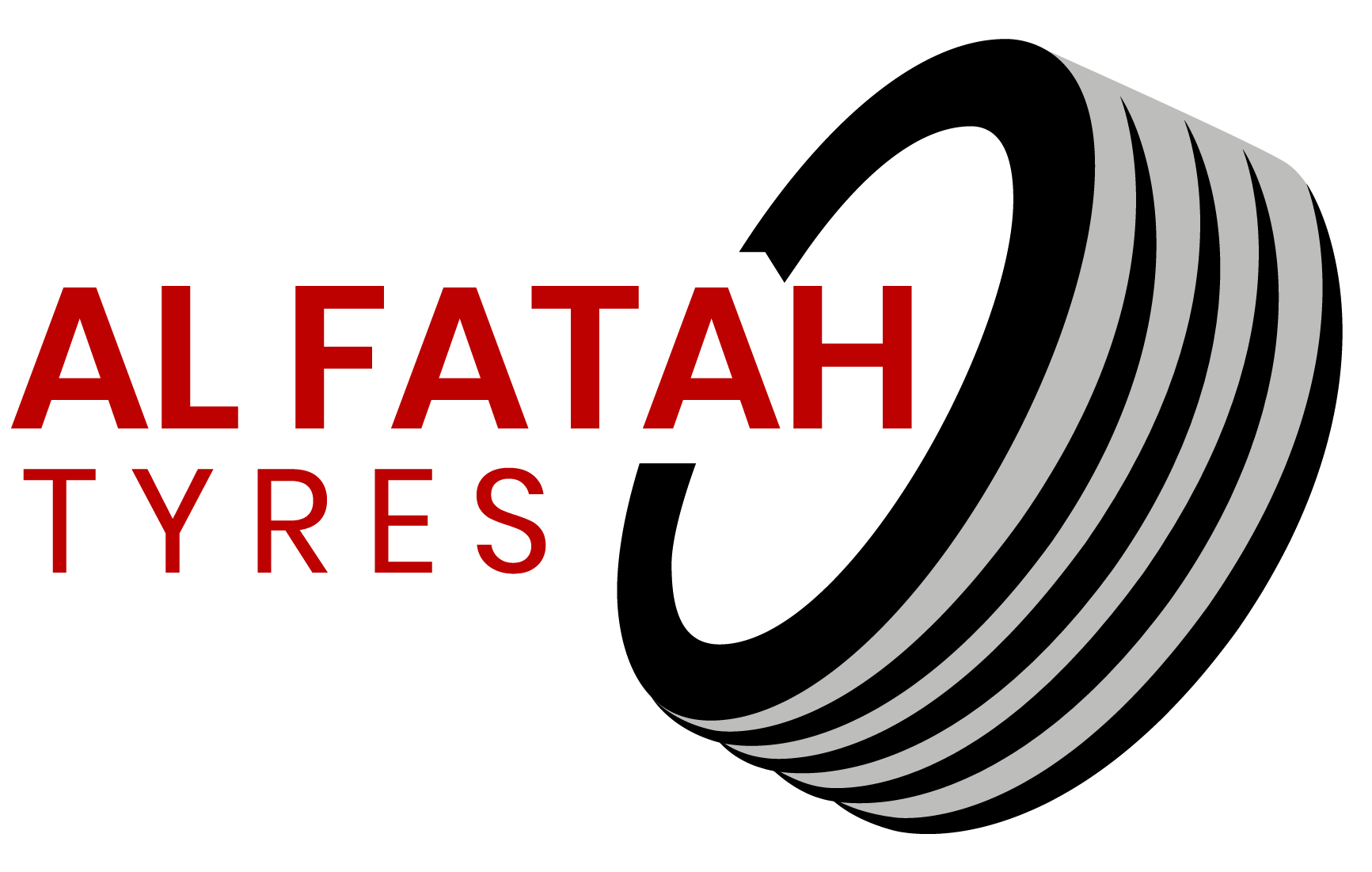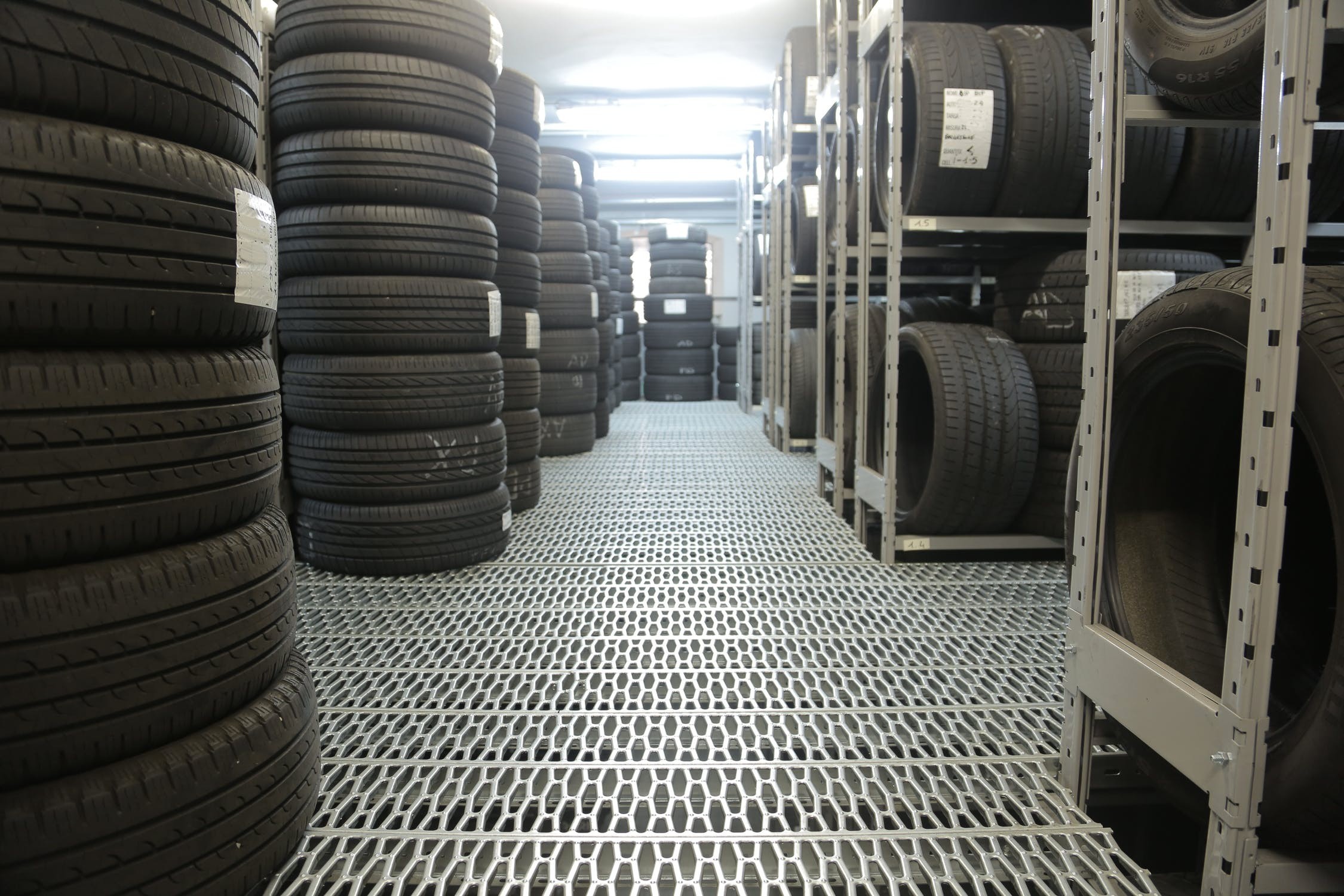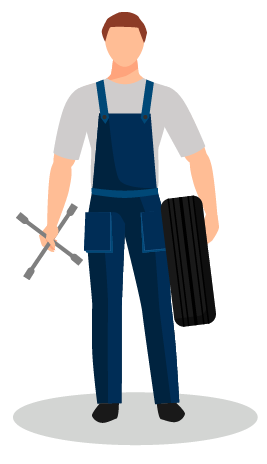How often should you rotate your tires? What’s the best way to check tire pressure and which tire type is right for my car? This article will answer these questions, as well as provide other helpful advice.
Tire maintenance and care are really important. Simple monthly inspections for adequate inflation, even tread wear, and damage are the easiest method to help ensure optimal mileage and performance from your Alfatah tyres in Abu Dhabi.

Make sure your tires are properly inflated.
It’s a good idea to get your tire pressure checked every two weeks, including the spare. This is critical because incorrect inflation might cause uneven wear on the tire surface. When driving on highways, incorrectly inflated tires are also more likely to explode. Make sure you have your tires checked while they are still cold. On the driver’s side door sill and in the owner’s handbook, the recommended tire pressure is normally listed.
Excessive tire spinning is not recommended.
When your car is stuck in snow, ice, mud, or sand, avoid excessive tire rotation. This could cause tire overheating and irreversible damage. To liberate your vehicle, use a gently backward and forward rocking motion. When attempting to push a stalled vehicle or when using an on-car spin balance equipment, never stand close or behind a tire spinning at high speeds.
Examine your tires for signs of wear.
When a tire’s tread depth reaches 1.6mm, it’s time to retire it from service. When fresh tires wear to the 1.6mm threshold, tread wear signs appear as smooth banks in the tread grooves.
Skidding on bald or nearly bald tires can cause wet weather accidents. Punctures are more prone to occur when tires are overly worn.
Examine your tires for wear and tear.
Inspection of your tires for signs of damage and their overall condition regularly (at least once a month) is critical for safety. If you have any concerns, have them inspected by your tire dealer. Tread removal and expert inspection are always required when there are effects, penetrations, cracks, knots, bulges, or air loss.
Alert from the tire pressure monitoring system
For further information on what to do if the tire pressure warning system activates, consult your vehicle’s owner’s manual.
Don’t put your own tires on.
An explosion of the tire/rim assembly caused by faulty mounting procedures might cause serious injury. Remember to fit the tire diameter to the rim diameter according to the manufacturer’s specifications. People who have received particular training should only mount tires.
On the same axle, don’t mix tires of different sizes and types.
Never use tires that have a lower load-carrying capacity than the vehicle’s original equipment manufacturer specifies.
You ensure that the load-carrying capacity of the new tires is equivalent to or greater than that of the original equipment manufacturer.
Follow these extra recommendations.
- Fit the tires with the deepest tread depth on the rear axle when fitting two tires.
- If you must use both radials and non-radials in the same vehicle, put the radials on the rear axle.
- On the same axle, never combine radials and non-radials.
- Always install snow tires or all-season tires in sets of four on performance vehicles.
- Fitting tires with different speed ratings is not recommended.
- If a vehicle has tires with different speed ratings, we should fit them in similar pairs on the same axle.
- The vehicle’s speed potential will be limited to that of the lowest speed rating tires.

Make sure your car isn’t overloaded.
To find out what your vehicle’s load restrictions are, consult the owner’s manual. Overloading your car puts unnecessary strain on your tires and other vital components. This can also result in poor handling, higher fuel consumption, and tire damage. Never install new tires on your vehicle that have a lower load capacity than those shown on the vehicle tire placard, and keep in mind that rim width is critical for efficient tire load distribution and function.
Maintain your vehicle’s suspension and wheel alignment, as well as the balance and rotation of your tires.
Vibration or uneven tire wear can be caused by a lack of rotation, worn suspension elements, underinflation, overinflation, wheel imbalance, and misalignment.
Life Expectancy of Tires
Tires last for thousands of miles/kilometers. We must carefully maintain tires for optimal advantage to minimize tire deterioration, which could lead to removal from service before the tread is worn down to the minimum depth. Because service conditions vary so much, it’s impossible to expect the service life of a single tire in chronological order.
Tired of speeding down the road, feeling like your car is about to crash, and in search of a mobile tyre service near me? You don’t want to be stuck on the side of a road. But if it happens, Al Fatah mobile tire-fitting services are there for you and will get out as soon as possible with our mobile tyre service van that has everything we need in case any problems arise at your location. It doesn’t matter what time of day; just contact Alfatah mobile tyre services in Abu Dabhi and we’ll make sure you’re back on track again!





